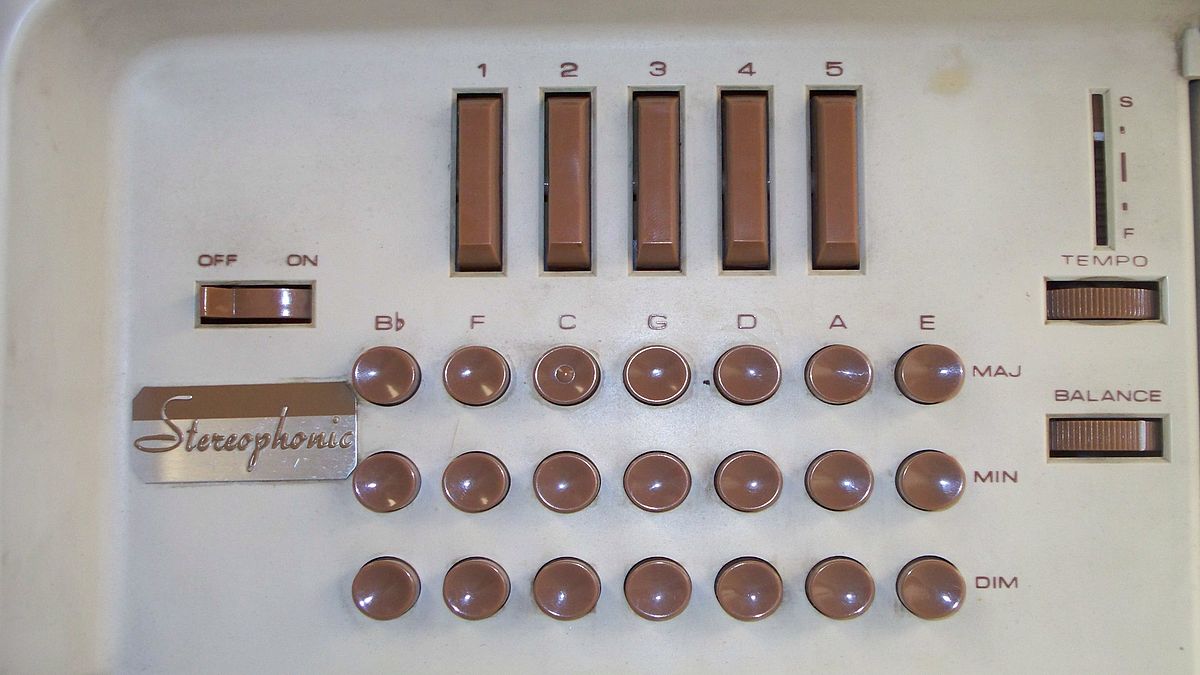paulywog
Member
1. If I mount an accordion on a table so the treble keys face you like a piano( the bass buttons would be opposite from you but facing up ), you think I would have problems with sound production because of the different reed block orientation?
I'll replace the bellows with a rigid plenum and relocate the bellows to pump from below with my knees.
I have bad neck and back problems too and this would allow me to also operate an accordion pain free.
2 .Does anywhere sell a full set of reeds? Looks like you can buy multiples of one size but no full sets. I don't want to spend a fortune on a set of reeds. I am no pro.
Thanks
I'll replace the bellows with a rigid plenum and relocate the bellows to pump from below with my knees.
I have bad neck and back problems too and this would allow me to also operate an accordion pain free.
2 .Does anywhere sell a full set of reeds? Looks like you can buy multiples of one size but no full sets. I don't want to spend a fortune on a set of reeds. I am no pro.
Thanks






